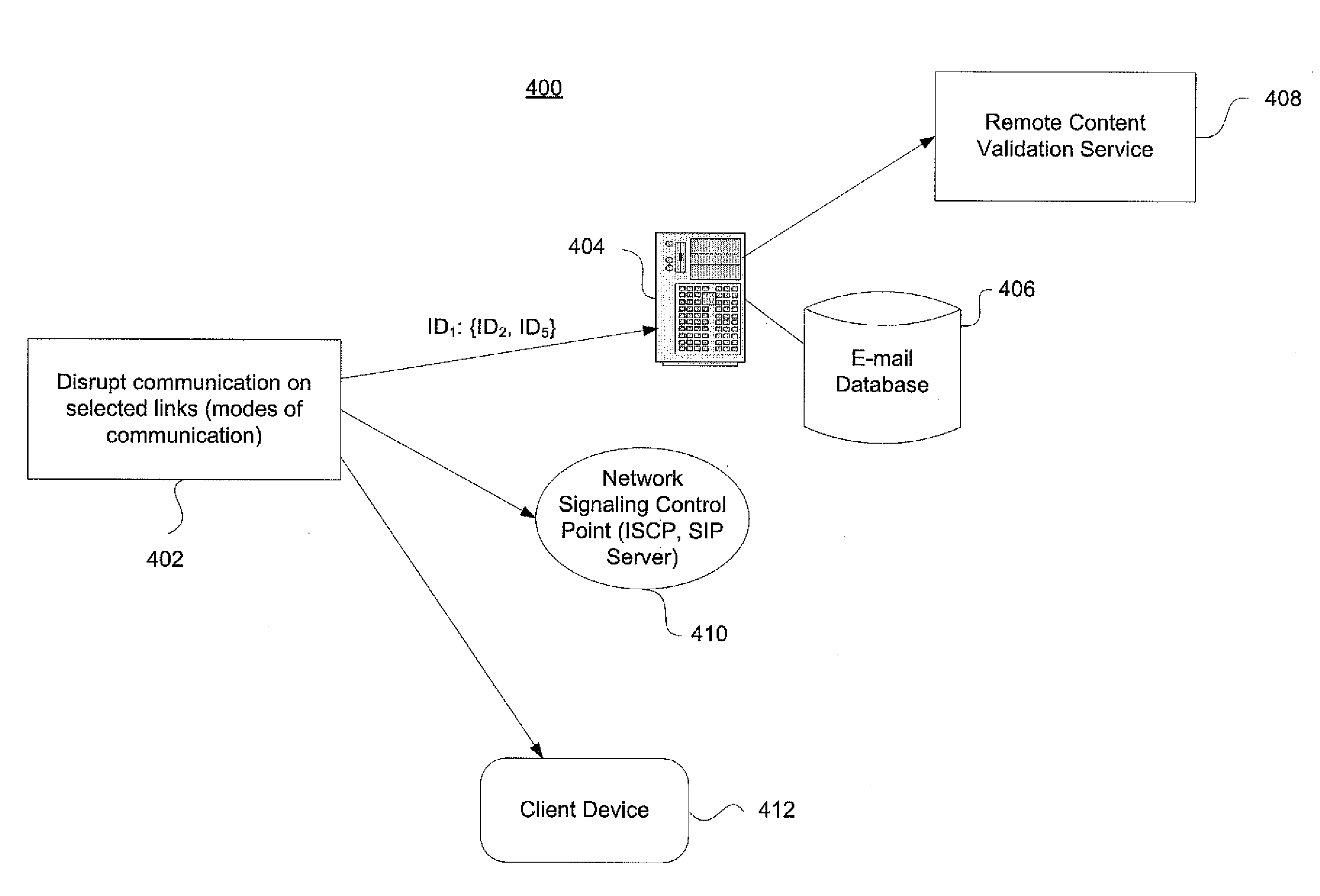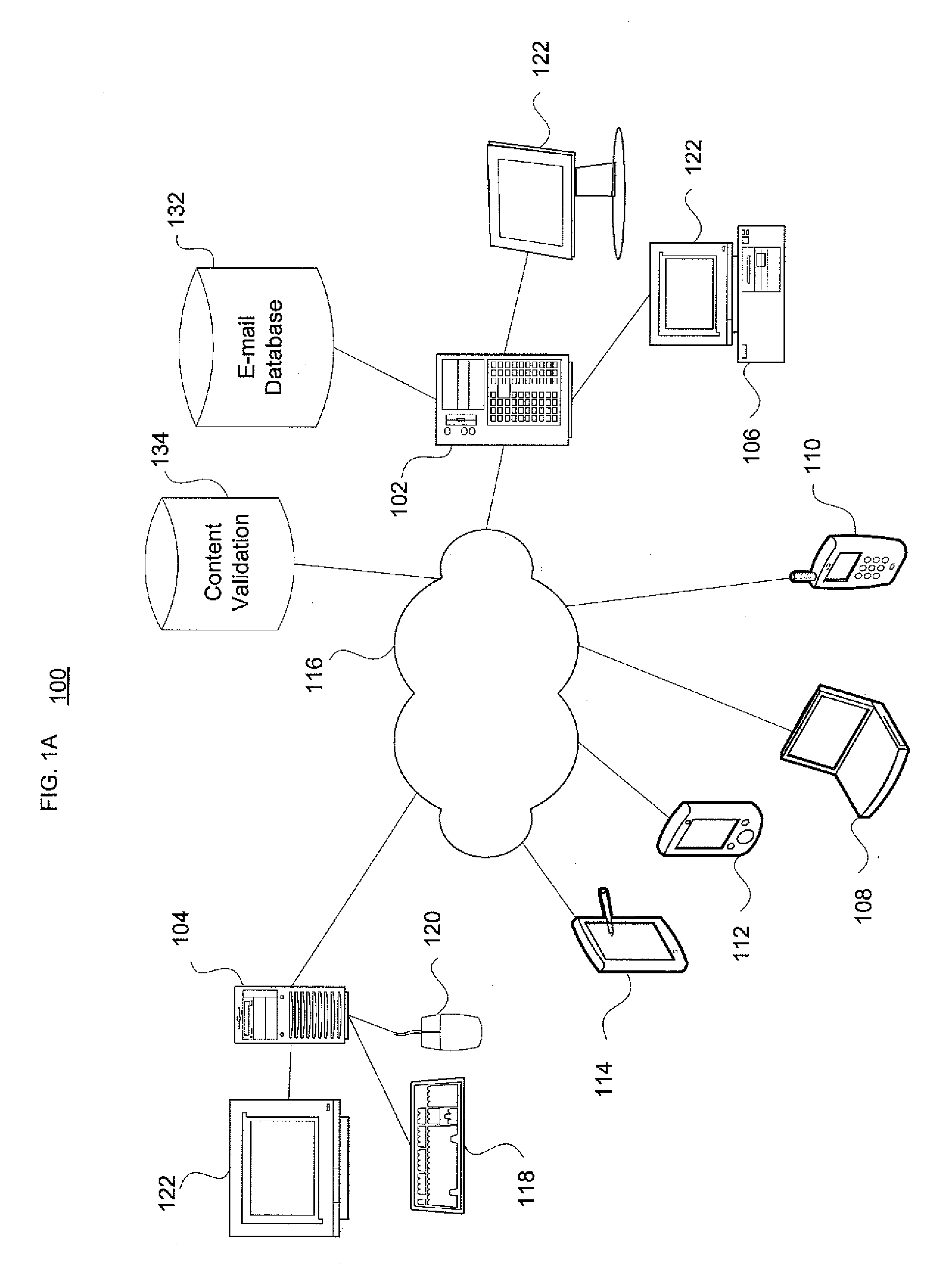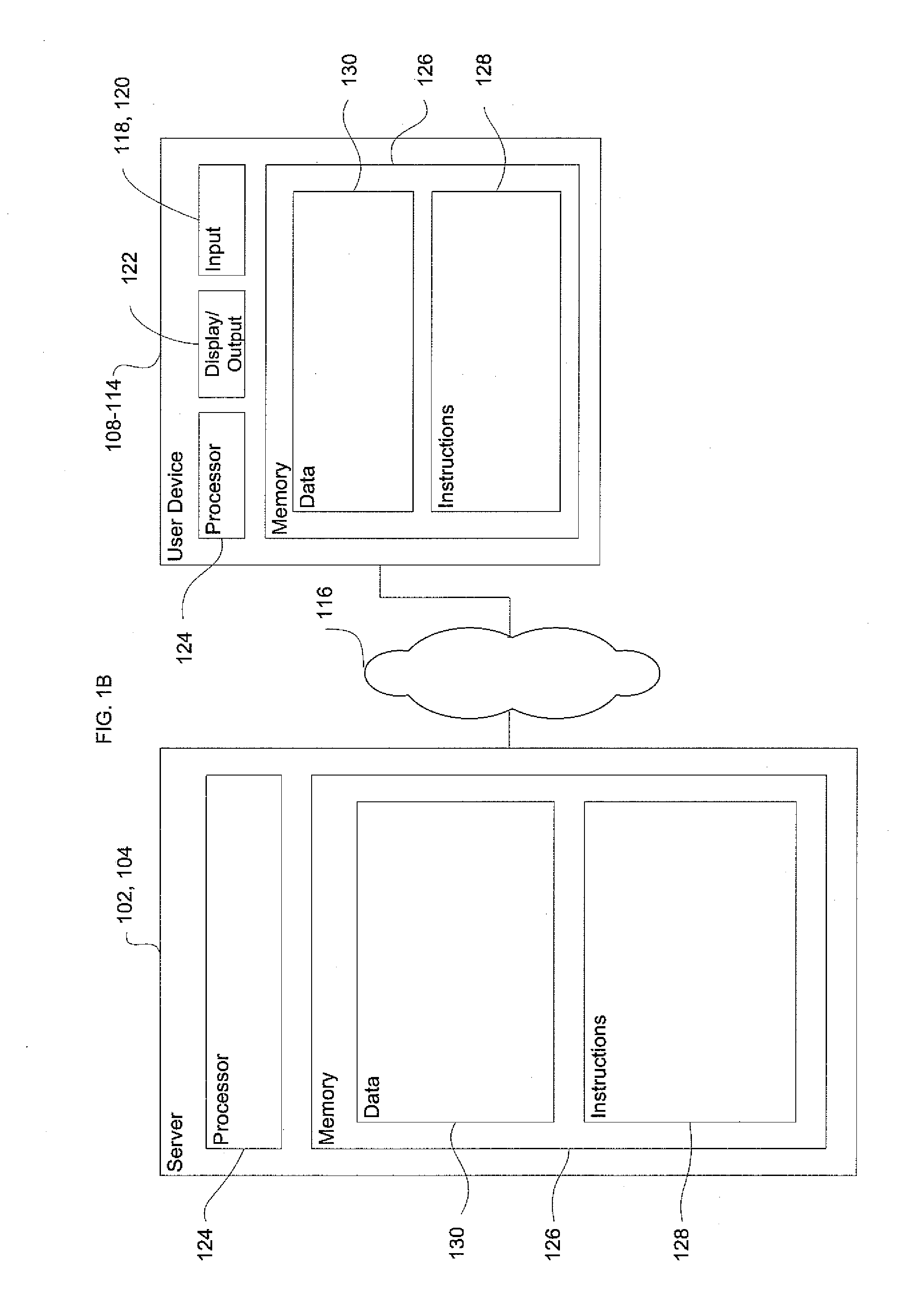Societal-scale graph-based interdiction for virus propagation slowdown in telecommunications networks
- Summary
- Abstract
- Description
- Claims
- Application Information
AI Technical Summary
Benefits of technology
Problems solved by technology
Method used
Image
Examples
Embodiment Construction
[0028]Aspects, features and advantages of the invention will be appreciated when considered with reference to the following description of preferred embodiments and accompanying figures. The same reference numbers in different drawings may identify the same or similar elements. Furthermore, the following description is not limiting; the scope of the invention is defined by the appended claims and equivalents.
[0029]Embodiments of the invention provide a means to automatically use societal-scale patterns of communication and movement to identify which set of communication links are more critical to rapid virus propagation. In one example, this is done by identifying the edges between hubs in the contact network of email IDs. In response to a trigger for heightened security levels, such embodiments appropriately perturb the communication on these selected links, to preferably significantly delay the rapid spread of the virus (or other malicious code) via the telecommunication network.
[...
PUM
 Login to View More
Login to View More Abstract
Description
Claims
Application Information
 Login to View More
Login to View More - R&D
- Intellectual Property
- Life Sciences
- Materials
- Tech Scout
- Unparalleled Data Quality
- Higher Quality Content
- 60% Fewer Hallucinations
Browse by: Latest US Patents, China's latest patents, Technical Efficacy Thesaurus, Application Domain, Technology Topic, Popular Technical Reports.
© 2025 PatSnap. All rights reserved.Legal|Privacy policy|Modern Slavery Act Transparency Statement|Sitemap|About US| Contact US: help@patsnap.com



